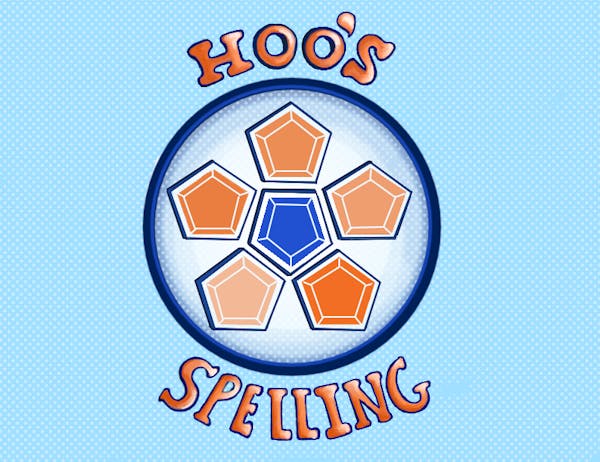University astronomers analyzing images picked up by NASA's Wide-field Infrared Survey Explorer have helped confirm the discovery of a cool brown dwarf, a small star that is much cooler than our own sun.
WISE, a satellite that was launched last December, monitors infrared light and encodes different wavelengths as different colors on images it takes of the universe. The newly discovered cool brown dwarf is the first of its kind the satellite has found and is more massive than Jupiter but less massive than the Sun, said Jefferson Science Fellow Rachael Beaton, who collaborated on the project.
Brown dwarves lack the necessary mass to burn hydrogen into helium. As a result, they cool off to invisibility but remain detectable at infrared wave lengths, Astronomy Prof. Mike Skrutskie said.
"We are on a quest to find these other objects that are lurking in the neighborhood of the Sun," he said.
But astronomers expect that brown dwarves actually outnumber the known stars closest to the Sun.
"We don't even know our neighbors right now here in the vicinity of our own sun," Skrutskie said.
Astronomers will continue examining images produced by the satellite in the coming years.
"There are a huge number of discoveries lurking in there," Skrutskie said. "We are literally just scratching the surface."
-compiled by Radina Belberova






